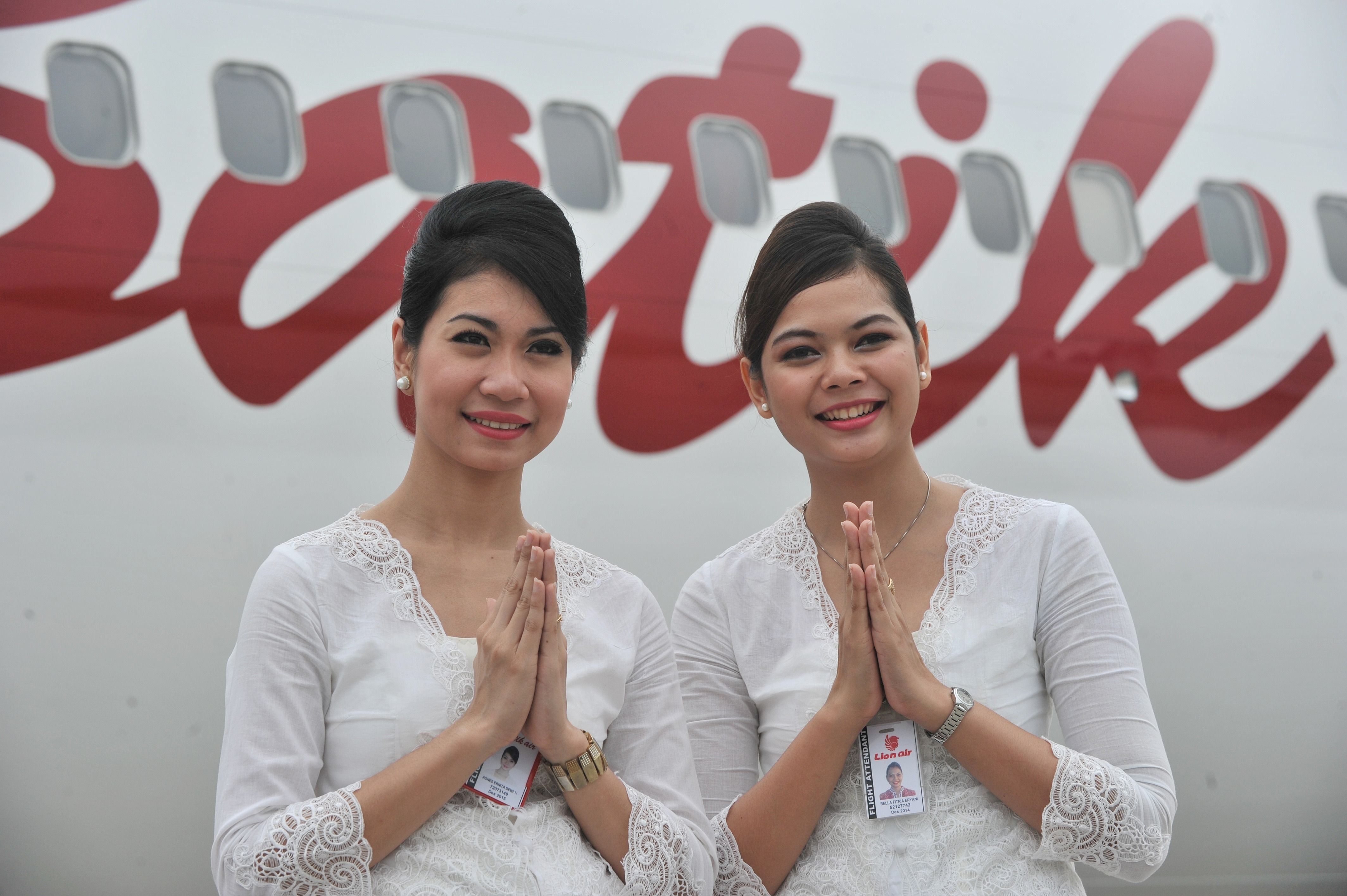Malindo Airlines formally completed its rebranding to Batik Air on Monday, with a ceremony held in Kuala Lumpur marking the occasion. Owner Lion Air Group announced earlier this year it would fold Malindo Airlines into sister airline Batik Air and concentrate on building up the Batik Air brand. The deal sees a handful of MAX 8s move from Malindo to Batik Air, making Batik the only Malaysia-based operator of the plane.
The end of Malindo Airlines
From now on, the Lion Air Group will operate an Indonesia-based Batik Air and a Malaysia-based Batik Air, similar to the various country-based iterations of AirAsia buzzing about Southeast Asia. As with AirAsia, it is unlikely passengers will notice the difference and the two Batik Airs intend to work closely together to build brand awareness and market share.
"I congratulate Batik Air for successfully completing this rebranding exercise and introducing Batik Air as a young and growing airline, offering very competitive services within Malaysia and the Asia-Pacific region, especially in recent years," said Malaysia's Transport Minister Datuk Seri Wee Ka Siong on Monday.
Batik Air picks up some MAX 8s in the deal
Until now, Batik Air Malaysia had been scooting along, operating a dozen ATR 72 turboprops and three Boeing 737 NGs. The introduction of four ex-Malindo Boeing 737 MAX 8s is a significant capacity boost for Batik Air. But that appears to be just the start of the Lion Group's 737 MAX plans for Batik Air Malaysia.
"The introduction of the new aircraft is also key to the growth of our overall capacity and fleet expansion strategy," said Batik Air CEO Captain Mushafiz Mustafa Bakri at Monday's ceremony. Captain Bakri also added a takeaway comment about his airline's immediate growth aspirations.
"Come year-end; we are looking to induct 17 units of the new aircraft into our fleet given its fuel-efficiency alongside having a lower carbon footprint and improved range," he said. Parent company Lion Air already has 14 737 MAXs in the stable, and as of May 31, 2022, a whopping 237 MAXs on order. It's a big show of confidence in the future of Southeast Asia's aviation industry and the sometimes controversial plane. Lion Air lost a MAX in 2018, one of two fatal crashes involving the MAX that later saw it grounded worldwide.
The Malaysian Government wants more traffic through KLIA
Batik Air styles itself as a "hybrid full-service carrier," meaning it offers a low-cost option for back-of-the-bus travelers and a more mid-market flying experience with a well-priced business cabin. The Malaysian version of Batik Air flies primarily within Malaysia, with some international operations around the neighborhood. The range of the 737 NGs and small fleet size necessarily constrained the scale and range of any international operations. Adding the MAX 8s, with more on the way, should beef up Batik Air's international flying.
Malaysia is open to vaccinated travelers with passenger traffic, and airline movements are improving around the country's airports, but there is still a way to go. The Malaysian Government wants to promote Kuala Lumpur International Airport (KLIA) as a major airline hub. It sees an enlarged Batik Air and its MAX 8s as part of the mix. "With the aircraft's flight time spanning a maximum of eight hours, Batik Air will be able to improve its product offerings alongside operations to further markets," Minister Wee said. "With the aviation sector facing many challenges, it is of utmost importance for both airlines and KLIA to jointly plan for the future.
"The success of KLIA as a regional hub is also strategically important for Malaysia given that it supports essential economic linkages with the rest of the world and is a catalyst for the growth of opportunities for the Malaysian economy. As such, the Government remains committed to the strong positioning and sustained growth of KLIA."

